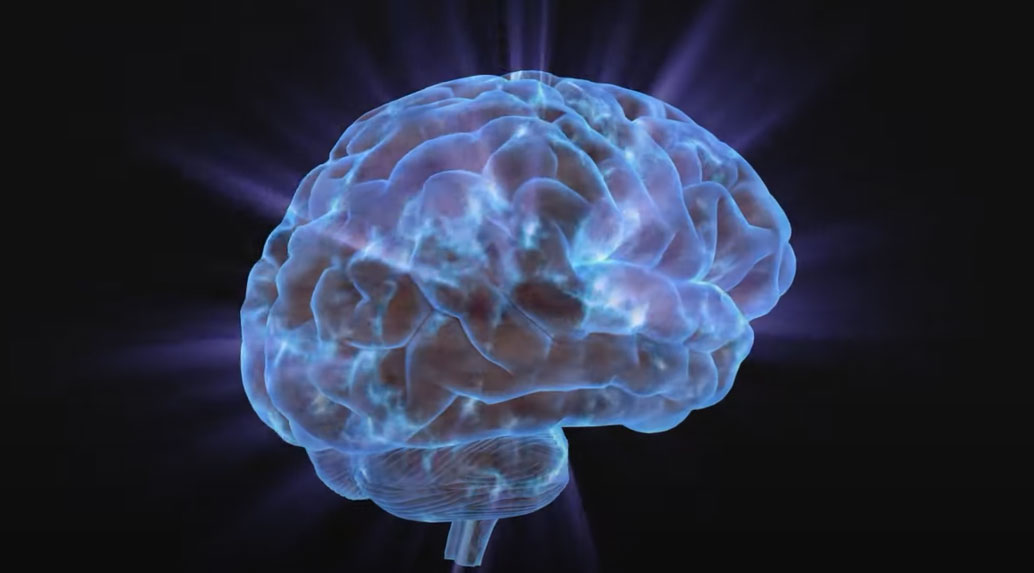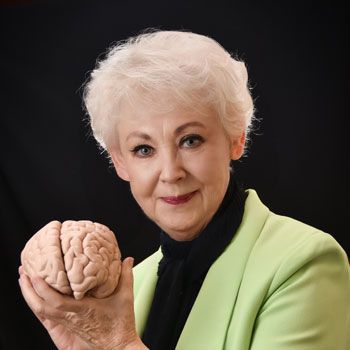How to Determine Brain Bent
Q. I’m really enjoying your book Your Brain Has a Bent (not a Dent). Any ideas to help me figure out my brain’s bent?
A. There are several free assessments on my website that can get you started (e.g., Sensory Preference Assessment; EAI Assessment; Work Task Energy Assessment) along with tips for Identifying brain bent. In addition, the Practical Applications section has scores of examples related to how differing brain bents might approach similar tasks—you can read those over and ask yourself: “If there was no coercion to respond one way over another, which of the four responses is really more like me innately?” Just because you learned to do something "well" or were told that a specific way in which to do something was the "best" way, this may not reflect your own innate bent.
Learn to pay attention and evaluate how much energy different types of tasks require. When you finish a task ask yourself how you feel in terms of energy expenditures compared to how you felt when you completed a different task. It’s a bit like learning the difference between being thirsty because your brain and body need water versus being hungry for food because your brain and body physiologically need the calories. (Many people eat or drink food when their brain and body really need water.)
You have a whole brain for a reason and you use parts of it all the time. It would be very limiting to attempt to get by in life by doing only those tasks that match your brain bent. On the other hand, it can be exhausting and unhealthy over time if you spend most of your time doing tasks that require higher energy expenditures.
The goal is to align slightly more than half of your tasks in life with your brain bent, what your brain does energy efficiently. If you can’t get that match at work, compensate by getting a better match at home, or vice versa. It’s often possible to tweak the way you approach a task, as well, which can result in a better match with your brain’s innate giftedness.




